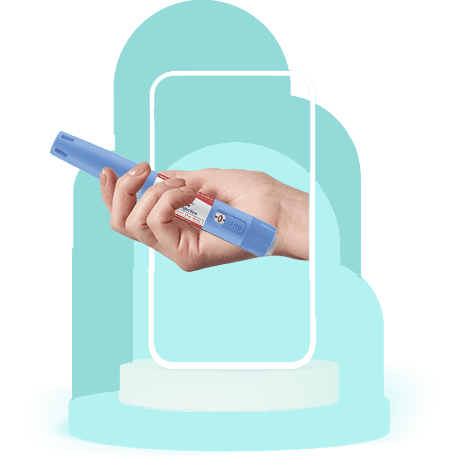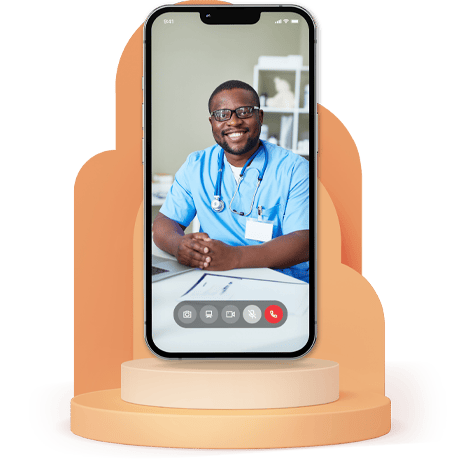Breast cancer is the most common cancer among women worldwide, and while it can be a daunting topic, awareness and education are our strongest allies in the fight against it. Every October, Breast Cancer Awareness Month shines a spotlight on the importance of early detection and empowers individuals to take proactive steps toward breast health.
Let’s dive into why early detection matters, how self-examination plays a role, and what the latest statistics tell us about breast cancer.
Why Early Detection is Crucial
Early detection of breast cancer can significantly increase the chances of successful treatment. According to the American Cancer Society, when breast cancer is caught early, the five-year survival rate is about 99%. However, if it’s detected at a later stage, the survival rate drops significantly.
Cancer cells can grow and spread quickly, so catching the disease before it progresses is key. That’s where self-examinations, regular screenings, and mammograms come into play. In some cases, early-stage breast cancer may not cause any physical symptoms, which is why routine checks are critical.
How to Perform a Breast Self-Examination
Self-examination is one of the most straightforward tools we have to monitor breast health. It’s easy to do and can be incorporated into your regular self-care routine. Experts recommend performing a self-exam once a month, ideally at the same time each month, such as a week after your period ends when your breasts are less swollen or tender.
Here’s a quick guide to performing a breast self-examination:
🪞 In Front of a Mirror: Stand straight with your hands on your hips and observe your breasts for any unusual changes in size, shape, or skin texture. Look for dimpling, puckering, or changes in the nipple.
🙌🏽 Raise Your Arms: Lift both arms overhead and look for the same changes.
💧 Check for Fluid: Gently squeeze each nipple to check for discharge—this could be a watery, milky, or yellow fluid, or even blood.
🛌🏽 Lying Down: Lie on your back and use your right hand to feel your left breast and vice versa. Use the pads of your fingers in a circular motion, covering the entire breast from top to bottom and side to side. Press firmly but gently.
🚿 In the Shower: Many people find it easiest to feel for lumps or changes when their skin is wet and slippery, so try this during your shower. Use the same circular motion with light, medium, and firm pressure.
If you feel any unusual lumps, thickened areas, or changes, it’s important not to panic. Many breast lumps are benign, but you should still contact a healthcare provider to assess any abnormalities.
When to Get Screened: The Role of Mammograms
While self-examinations are important, they don’t replace regular screenings. Mammograms, which use low-dose X-rays to examine breast tissue, are the most effective method for detecting breast cancer before symptoms appear.
Here’s a general guideline for mammogram screenings:
- Women aged 40-44: Consider annual mammograms if you are at average risk.
- Women aged 45-54: It’s recommended to have annual mammograms.
- Women 55 and older: Switch to mammograms every two years or continue annually, depending on your health and preferences.
If you have a family history of breast cancer or other risk factors, your doctor may suggest starting mammograms earlier or recommend additional screening tools like MRIs or ultrasounds.
Breast Cancer Diagnosis: The Facts
Understanding the statistics around breast cancer can provide valuable context as to why regular screenings and self-examinations are essential.
- In South Africa, 1 in 27 women will be diagnosed with breast cancer in her lifetime, making it the most common cancer among women in the country.
- Breast cancer accounts for 22.6% of all cancers diagnosed in South African women, according to the National Cancer Registry.
- Each year, more than 10,000 new cases of breast cancer are diagnosed in South African women.
- Although less common, men are also at risk, with approximately 1% of breast cancer cases occurring in men.
These statistics underscore the need for awareness, early detection, and routine screening to help reduce mortality rates and improve outcomes for those affected by breast cancer in South Africa.
Risk Factors and Prevention
Although anyone can develop breast cancer, certain risk factors can increase the likelihood. These include:
- Age: Most breast cancers are diagnosed after age 50.
- Genetics: Mutations in the BRCA1 and BRCA2 genes significantly increase breast cancer risk. Women with these mutations have a 45-65% chance of developing breast cancer by age 70.
- Family History: Having a close relative with breast cancer increases your risk.
- Hormonal Factors: Long-term use of hormone replacement therapy (HRT) or starting your period early and going through menopause late can increase risk.
- Lifestyle: Lack of physical activity, alcohol consumption, and being overweight after menopause are all lifestyle factors that may contribute to breast cancer.
While some risk factors, like genetics and age, can’t be changed, others can. Maintaining a healthy lifestyle through regular exercise, reducing alcohol consumption, and eating a balanced diet can all help lower your risk.
Empower Yourself: Know the Signs
In addition to regular checkups, it’s important to know the early signs and symptoms of breast cancer. These can include:
- A lump or thickened tissue in the breast or armpit
- Changes in breast size or shape
- Dimpling or redness of the skin on the breast
- Nipple discharge (other than breast milk)
- Nipple inversion or changes in the nipple area
If you experience any of these symptoms, reach out to a healthcare professional immediately.
Take Action This Breast Cancer Awareness Month
Breast Cancer Awareness Month is a powerful reminder of the importance of early detection. Whether it’s scheduling your annual mammogram, performing regular self-exams, or simply spreading the word about breast health, we all have a role to play in the fight against breast cancer.
Don’t wait—take control of your health today. Your body will thank you!






















